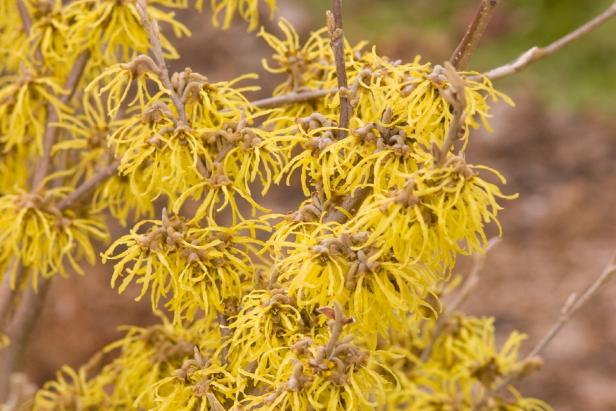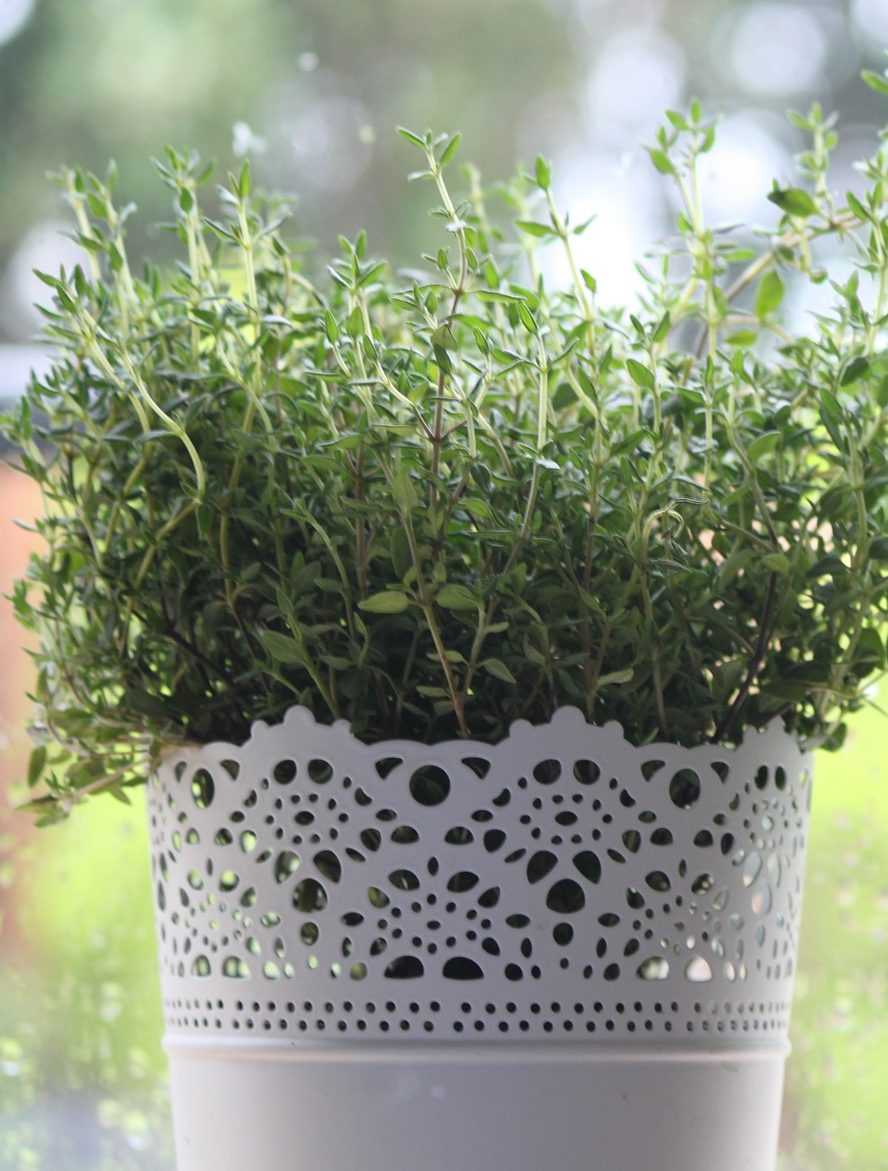How To Grow And Care For A Salvia Plant
Would you like to add a touch of beauty to your garden with minimal effort? Then Salvia may be the perfect plant for you. With colorful blooms and easy-care attributes, Salvia is a perfect addition to any garden.

Plant Attributes
In the Salvia family, there are over 1,000 different species. The most popular is Salvia officinalis or culinary sage, which is commonly used in cooking. However, there are other species, such as Salvia greggii, which are grown for their ornamental value.
Salvia is a perennial plant that can grow up to 3 feet tall and 1 foot wide. It blooms in early summer and lasts until the first frost. The flowers come in a variety of colors, including white, pink, red, blue, and purple.
Salvia is also known for its fragrant leaves, with scents ranging from pine to mint. The leaves are long and narrow, and come in a range of colors, including green, silver, and purple.
Plant Care
Salvia is a low-maintenance plant that is easy to care for. It can grow in full sun or partial shade and prefers well-drained soil.
Although Salvia can tolerate drought, it thrives in moist soil. Water the plant deeply once a week or more frequently in hot weather.
The best time to fertilize Salvia is in the spring. Use a balanced fertilizer with equal amounts of nitrogen, phosphorus, and potassium. Avoid over-fertilizing, as this can cause the plant to produce too many leaves and not enough flowers.
Pruning
Pruning is not necessary for Salvia, but it can help keep the plant looking neat and tidy.
Remove any dead or damaged branches as soon as you notice them. To encourage more blooms, trim the tips of the stems after the plant has finished flowering.
Propagation
Salvia can be propagated by seeds or cuttings.
If you are starting from seeds, sow them indoors in the early spring. The seeds will germinate in 10 to 20 days.
To propagate by cuttings, take a 3 to 4 inch cutting from a Salvia stem in the spring or summer. Remove the leaves from the bottom of the stem and dip the cut end in rooting hormone. Plant the cutting in moist soil and keep it in a warm, sunny location until the roots have formed.
Potting & Repotting
Salvia can be grown in a pot or a garden bed. If you are potting a Salvia plant, use a container that is at least 12 inches in diameter.
Choose a high-quality potting soil that is well-draining. Fill the pot with soil up to 2 inches below the rim. Gently remove the Salvia plant from its original container and place it in the new container. Fill in the gaps with additional soil and water the plant.
If you notice that the Salvia is outgrowing its pot or the soil is becoming compacted, it is time to repot the plant.
Common Pests & Plant Diseases
Salvia is a hardy plant that is resistant to most pests and diseases.
However, it can attract spider mites, which can cause damage to the leaves. If you notice spider mites on your Salvia plant, use a spray bottle to apply a soapy water solution to the affected leaves. Repeat as necessary until the spider mites are gone.
Common Problems
The most common problems that Salvia plants face are due to overwatering or poor drainage.
If you notice that the leaves are turning yellow and falling off, this may be a sign of overwatering. Reduce the amount of water that you are giving the plant and make sure that the soil is well-draining.
If you notice that the plant is wilting or the leaves are turning brown, this may be a sign of poor drainage. Add drainage holes to the bottom of the container or amend the garden bed with additional sand or gravel to improve drainage.
Overall, Salvia is a beautiful and easy-care plant that can add color and fragrance to any garden. With the right care and attention, your Salvia plant can thrive and bring joy to your outdoor space for years to come.




Post a Comment for "How To Grow And Care For A Salvia Plant"